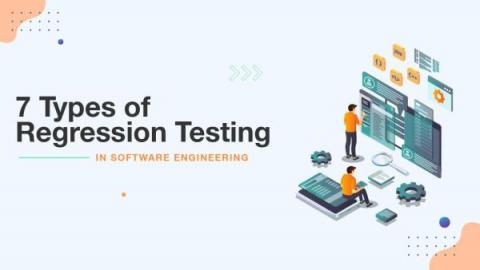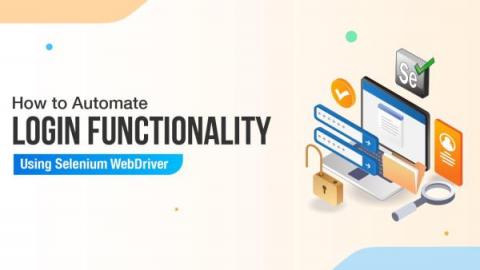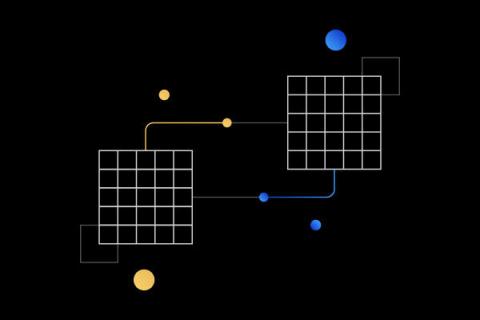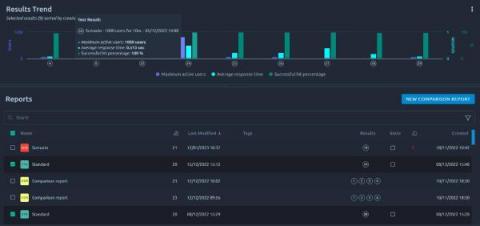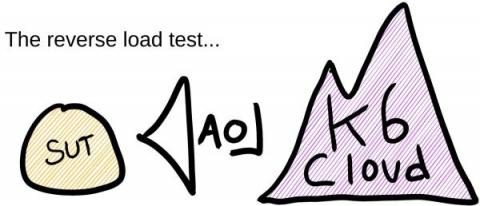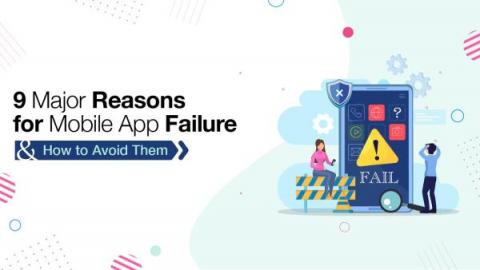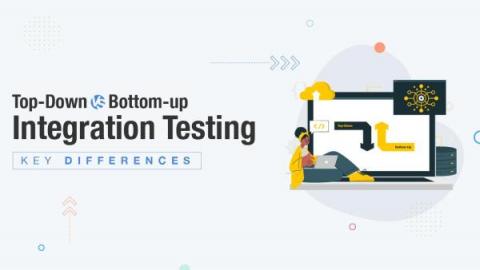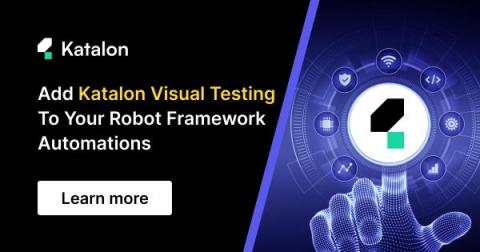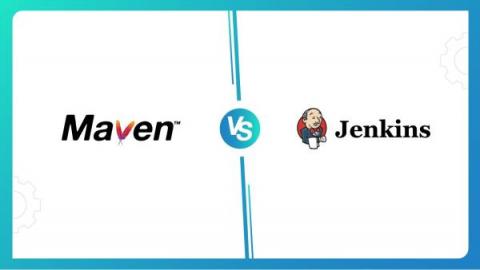7 Types of Regression Testing in Software Engineering
Malfunctions or flaws often lead to a sequence of chain reactions that can affect the software altogether as the program runs, impairing the overall user experience. Usually, the software undergoes many tests before Dev teams introduce modifications introduced in the main code. Regression testing is the final step of this process, which is an assurance of achieving a fully functional application or software. In this post, let’s explore seven different types of regression testing.


